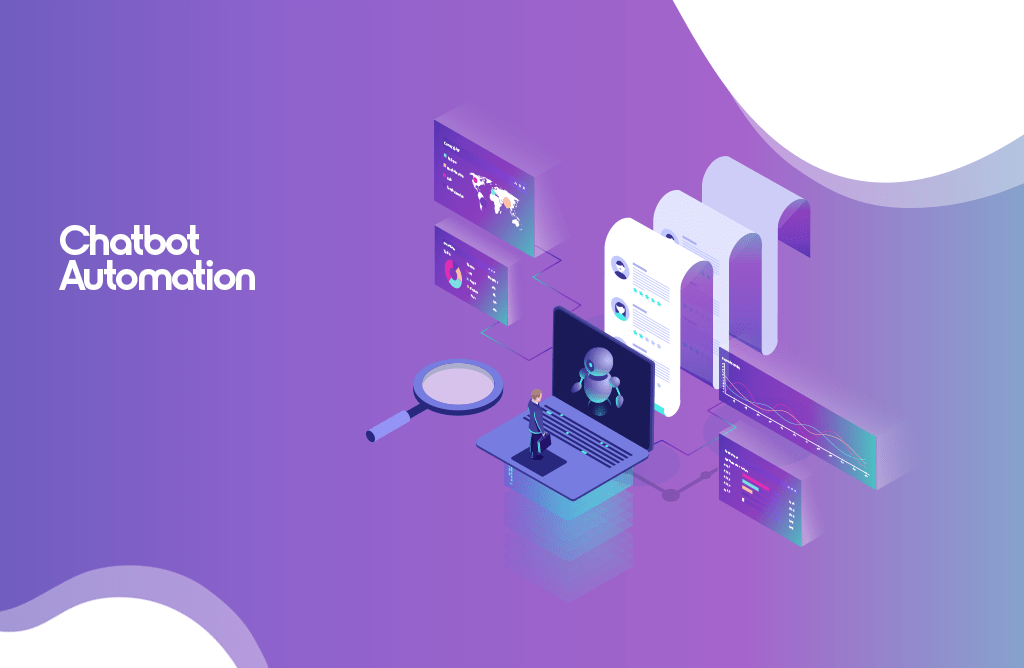The study of cyber consumer behavior has greatly progressed in comparison to what had been achieved during the 1980’s and 90’s. With the advent of new technologies, the discipline has greatly changed .
The scene is today dominated by Big Data, Artificial Intelligence, Platforms, User Experience, GAFA (Google, Apple, Facebook, Amazon), or the NATUs (Netflix, Airbnb, Tesla, Uber).
Effects of artificial intelligence (AI) and robotics on the behavior of the cyber consumer
Current data collection, storage and processing capabilities allow for a better understanding of the behavior of the cyber consumer. Digital marketing provides a more comprehensive view of the online customer journey. The study of scrolling, openings, clicks, reviews, etc. allows for o better understanding prospects.
The Internet of Things (IoT) will further increase the volume of collected data. Consumers can now connect everyday objects (blinds, appliances, cars, cameras, etc.) to the Internet through integrated devices. This data informs you about the actual use of products and bridges the gap between the real and the virtual worlds.
This tremendous amount of data opens the door to the implementation of artificial intelligence within companies. Leading technology and digital companies have heavily invested in this field:
Apple with Siri
Google with DeepMind
Amazon with Alexa…
For most businesses, several practical applications have become accessible:
- Chatbots – or conversational agents – automate responses to simple information requests and complaints;

- Predictive analytics can anticipate customer behavior and preferences;Personalized marketing campaigns can be created based on individual customer data;
Machine learning algorithms can optimize pricing strategies and inventory management;
Customer service can be improved through real-time data analysis and response.
Predictive analysis allows for predicting future customer behaviors, such as customer churn, and planning corrective actions (scheduling appointments, reacquisition, etc.);
Content personalization (advertising, email, SMS, etc.) intensifies based on customer profiles and their online and offline journeys;
Facial recognition can aid in identifying customers online or in physical stores; The primary goal of using AI is to understand the behavior of the cyber consumer in order to provide them with the best possible User Experience.
The New Power of the Consumer
The internet and digital development-related tools, however, give new power to the consumer as they have the ability to interact with companies. Communication, indeed, has become interactive and bilateral. The consumer can respond, react, speak, express an opinion or dissatisfaction, and make it known. Access to social networks and virtual communities offers them a platform to express their opinions. The rules of the “game” have changed. Thus, it is necessary to question established norms and try to understand the motifs driving you to renew yourself and acquire new knowledge
Indeed, the internet makes it more challenging to track the consumer as the web is a new channel for distribution and communication. The proliferation of touch points with customers, both online and offline, encourages you to integrate distribution and communication into a coherent, general framework.

From multichannel to omnichannel to consumer tracking throughout their decision-making process :
Currently, the virtual world blends with the real world in the consumer’s decision-making process. This blend makes the process increasingly complex to grasp. Web-to-store, which involves online information search and offline in-store purchases, is becoming a common consumer behavior. Conversely, consumers also engage in the reverse process known as showrooming, where they identify and test products in physical stores and then purchase them online while seeking the best possible deal.

Source : https://blog.comexplorer.com/multicanal-omnicanal
If multichannel has long been seen as pitting the digital channel against the physical channel, it is important to understand that you have every interest in relying on the complementarity of these channels. This approach will allow you, on the one hand, to present a coherent and comprehensive offer. On the other hand, it creates synergy between the channels to increase visibility and traffic between them.


